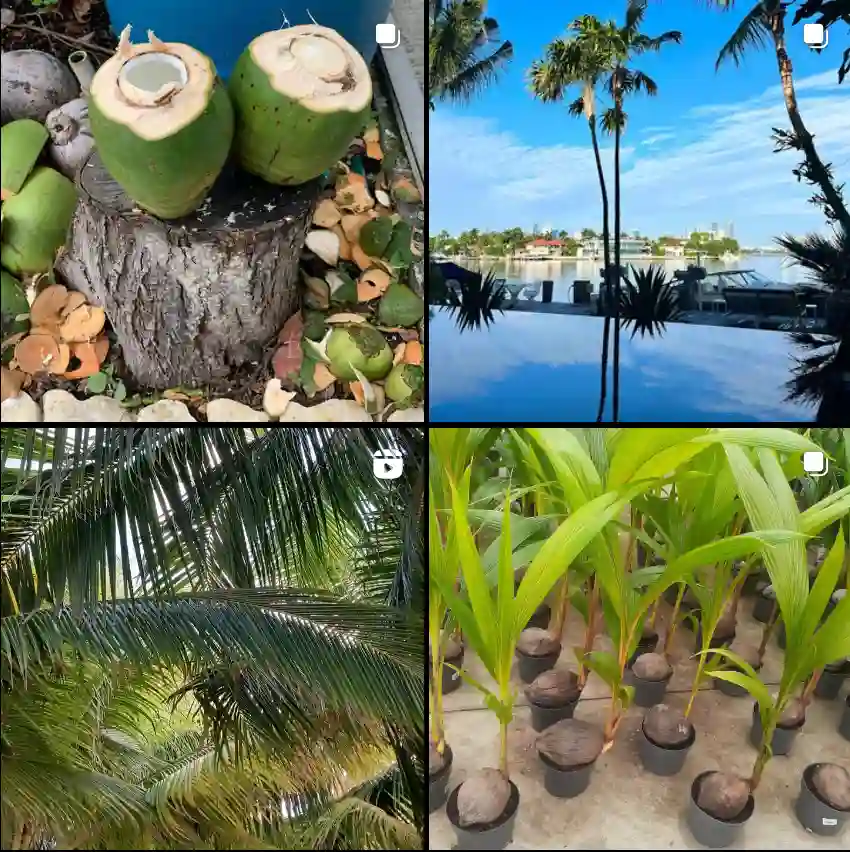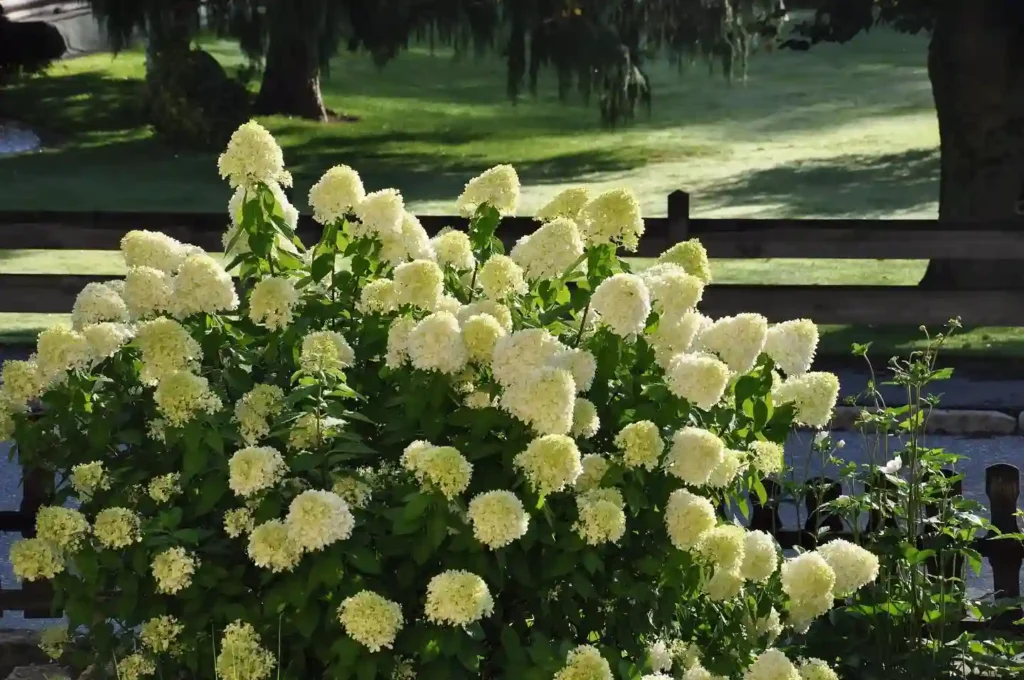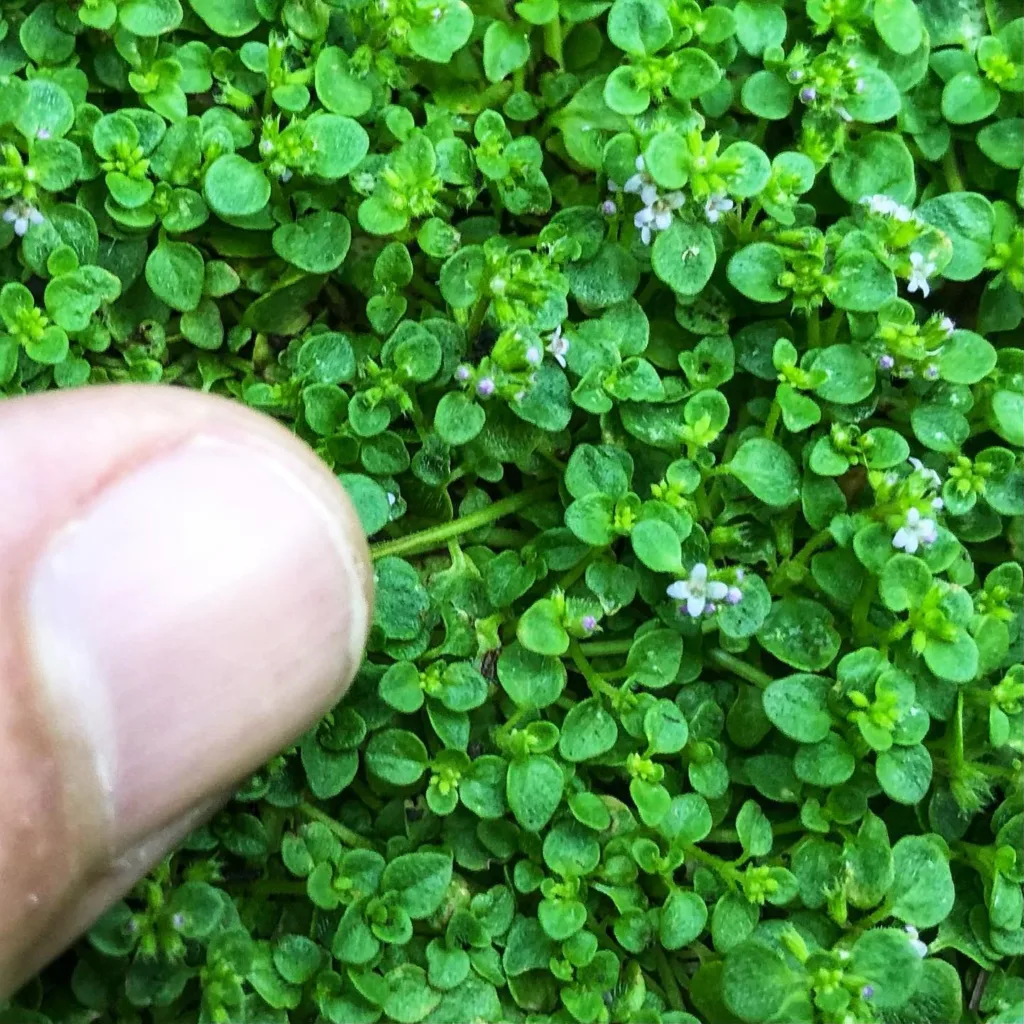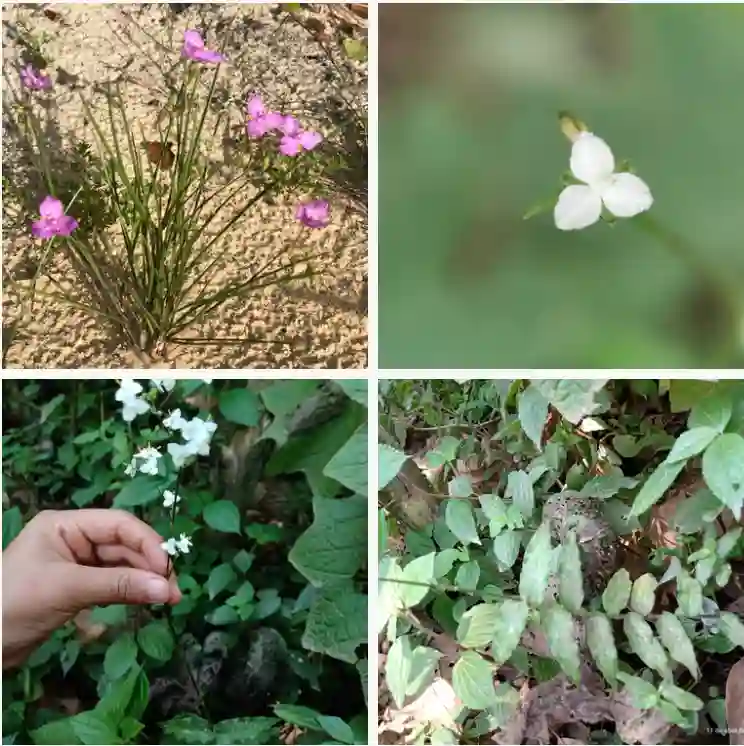The Juncaceae plant family, or rush family, holds a special place in my botanical interests. Known for their grassy appearance, plants in this family often grow in wetland areas or damp meadows. Despite their unassuming appearance, I’ve found them to be quite fascinating—particularly in the way they play an essential role in the ecosystems where they thrive.
Overview of Juncaceae
The Juncaceae family consists of perennial, herbaceous plants. To the untrained eye, they can easily be mistaken for grasses or sedges. However, Juncaceae species have their own unique set of characteristics that distinguish them. One of the most notable features is the rounded stems, which contrast with the triangular stems of sedges. Another interesting aspect is their ability to grow in difficult conditions, such as poorly drained soils or marshy areas. This adaptability has always intrigued me because it shows their resilience and ecological importance.
The Juncaceae family includes around eight genera and roughly 500 species worldwide. While this family isn’t one of the most flamboyant or diverse, it’s incredibly important in supporting wetland biodiversity. Juncaceae plants provide shelter for many wetland creatures, stabilize soil in erosion-prone areas, and filter water in the ecosystems they inhabit. Their value in ecological services makes them relevant, not just for plant lovers but for environmental conservationists as well.
Genera in the Juncaceae Family
Now, let’s dive into genera in this family. I’ve come across several during my plant explorations, and each one has its own characteristics worth mentioning.
- Juncus: The most well-known and widespread genus in the Juncaceae family is Juncus. Often referred to as the “true rushes,” species in this genus are commonly found in wet meadows and along stream banks. One of the species that stand out to me is Juncus effusus, also known as soft rush. Its ability to thrive in wetlands and provide excellent erosion control has caught my attention many times. The cylindrical stems and clusters of small flowers make it a subtle yet impactful addition to these environments. I’ve found that Juncus species are also useful in ecological restoration projects due to their hardiness. – 366 Species in Genus Juncus
- Luzula: The second largest genus in the Juncaceae family is Luzula, commonly known as wood-rushes. These plants are often found in drier, woodier environments compared to their Juncus relatives. Luzula species have broad, grass-like leaves and produce flowers that are arranged in small clusters. One example I’ve encountered is Luzula sylvatica, the great wood-rush. Unlike Juncus, which prefers wet habitats, Luzula tends to inhabit more shaded, forested regions. I’ve always admired its soft leaves and its ability to thrive in the undergrowth of dense woods.
- Oreojuncus: Oreojuncus is another genus that prefers alpine and arctic habitats. These high-altitude rushes are adapted to cold environments, often appearing in rocky, mountainous areas. It’s fascinating how plants in this genus manage to survive in such cold conditions, making them valuable for ecological stability in these regions.
- Distichia: A genus of cushion-forming plants in the Juncaceae family, native to the high Andes of South America, known for their dense, moss-like growth and ability to withstand harsh, cold climates.Juncinella: A small genus of rush-like plants in the Juncaceae family, found in Central and South America, characterized by their slender stems and inconspicuous flowers.Oxychloe: A genus of rush-like plants in the Juncaceae family, native to the Andes Mountains, known for their tufted growth habit and preference for high-altitude grasslands and rocky slopes.Patosia: A monotypic genus in the Juncaceae family, containing the single species Patosia clandestina, a small, inconspicuous herb found in the Andes Mountains.
- Juncinella Záv.Drábk. & Proćków
- Oxychloe Phil.
- Patosia Buchenau
Relevance of Juncaceae in Ecosystems
The role of the Juncaceae family in various ecosystems cannot be understated. I’ve seen how rushes like Juncus help control erosion and manage water flow in wetland areas. Wetlands, which are among the most productive ecosystems on Earth, rely on plants like these to maintain their health. The stems and roots of rushes prevent soil from washing away and help purify water by trapping sediments and nutrients. This makes the Juncaceae family essential for wetland preservation, something I’ve come to appreciate as I’ve spent more time studying these plants.
Additionally, Juncaceae plants are home to many species of birds, insects, and small mammals. Their dense growth offers cover for animals, while the seeds and roots provide food. These plants are not just part of the landscape; they contribute to a living, breathing ecosystem.
Conclusion
The Juncaceae family may not be the flashiest or most well-known, but it plays a critical role in maintaining the balance of wetland and alpine ecosystems. From the adaptable Juncus to the resilient Rostkovia, these plants offer so much more than meets the eye. Their hardiness, ability to stabilize soil, and contribution to biodiversity make them a group of plants I deeply respect. For anyone interested in ecological restoration or simply understanding the natural world, the Juncaceae family offers invaluable lessons in resilience and adaptation.
If i die, water my plants!



